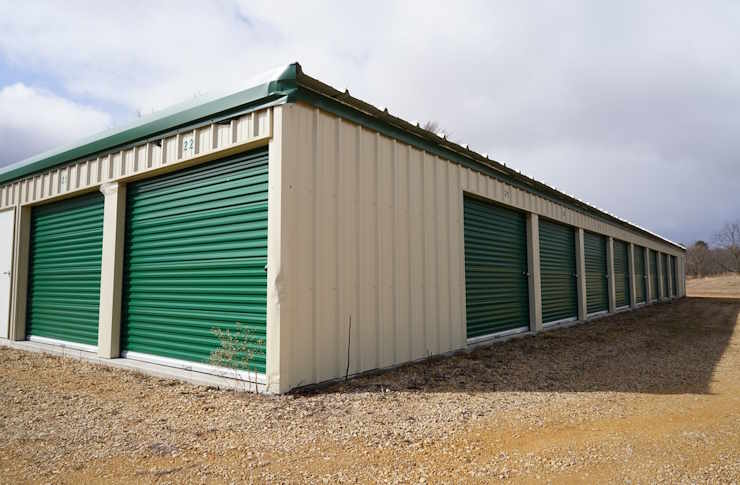Metalwork for Metal Buildings, Backyard Projects, and Workshops
Metalwork covers a broad set of techniques and materials used to shape, join, and protect metal components for buildings, outdoor structures, and functional spaces. Whether you’re planning a metal building, a backyard project, a storage unit, a workshop, or a garage conversion, understanding common materials, structural needs, and maintenance helps ensure a durable, safe result that fits your use and local regulations.

What is a metal building and when is it useful?
A metal building typically uses a steel frame and metal panels to form the structural shell. These buildings are valued for durability, resistance to pests and rot, and relatively fast construction. Metal buildings suit agricultural, commercial, and residential uses where large, open interiors or prefabricated components are helpful. Design considerations include roof pitch, snow and wind loads, insulation needs, and integration with foundations and utilities. Working with engineers or local services can clarify what size and structural grade meet local codes and expected use.
How can metalwork be applied to a backyard setting?
In a backyard, metalwork can produce durable pergolas, sheds, fences, and decorative elements like gates or planters. Steel and aluminum are common choices: steel for strength and longevity, aluminum for corrosion resistance and lighter weight. Consider scale, finishes, and safety—sharp edges, heat conduction in summer, and galvanization or powder coating to prevent rust. Backyard metal projects often blend with wood or masonry to soften aesthetics. Local services can help with permitted installations and inspections in your area to avoid zoning or setback issues.
What role does metalwork play in storage solutions?
Metalwork is central to storage systems because it offers sturdy, low-maintenance enclosures. Prefab metal storage buildings and modular steel racks make efficient use of space while protecting contents from weather. Important design choices include door type (roll-up vs. hinged), ventilation, condensation control, and security hardware. Adding insulation and vapor barriers reduces temperature swings and humidity, protecting sensitive stored items. For larger storage needs, metal shelving and mezzanines built from welded or bolted components maximize vertical space and improve organization.
How is metalwork used to build a functional workshop?
Workshops rely on metalwork for frames, workbenches, tool storage, and heavy-duty fixtures. Structural steel frames allow clear spans and overhead crane support where needed. Metal benches and cabinets provide durable surfaces that resist impact and busy work environments. When outfitting a workshop, plan for ventilation, dust collection, electrical access, and secure mounting for machinery. Welding and fabrication stations require proper grounding and safety equipment. Whether reusing a garage shell or building a dedicated metal shop, prioritize layout for workflow, clearances, and compliance with local safety codes.
What should be considered for a metal garage or garage conversion?
Converting or building a garage with metalwork involves structural, thermal, and functional decisions. Steel-framed garages with insulated panels can be economical and quick to assemble. Attention to foundation design, door openings, and framing for mechanical systems is essential. If you plan to use the garage as living space, workshop, or studio, add insulation, vapor barriers, HVAC, and adequate natural or task lighting. Fire separation, smoke detection, and proper ventilation are important where fuels or flammable materials are stored. Consulting local services or a structural engineer will help ensure compliance with building regulations in your area.
Conclusion
Metalwork supports a wide range of structures and functional spaces, from full-scale metal buildings to backyard fixtures, storage units, workshops, and garage projects. Key considerations across these uses include material selection, corrosion protection, insulation and moisture control, structural support, and adherence to local codes and permits. Thoughtful planning and collaboration with experienced local services help translate metalwork concepts into practical, durable solutions suited to intended use and site conditions.






